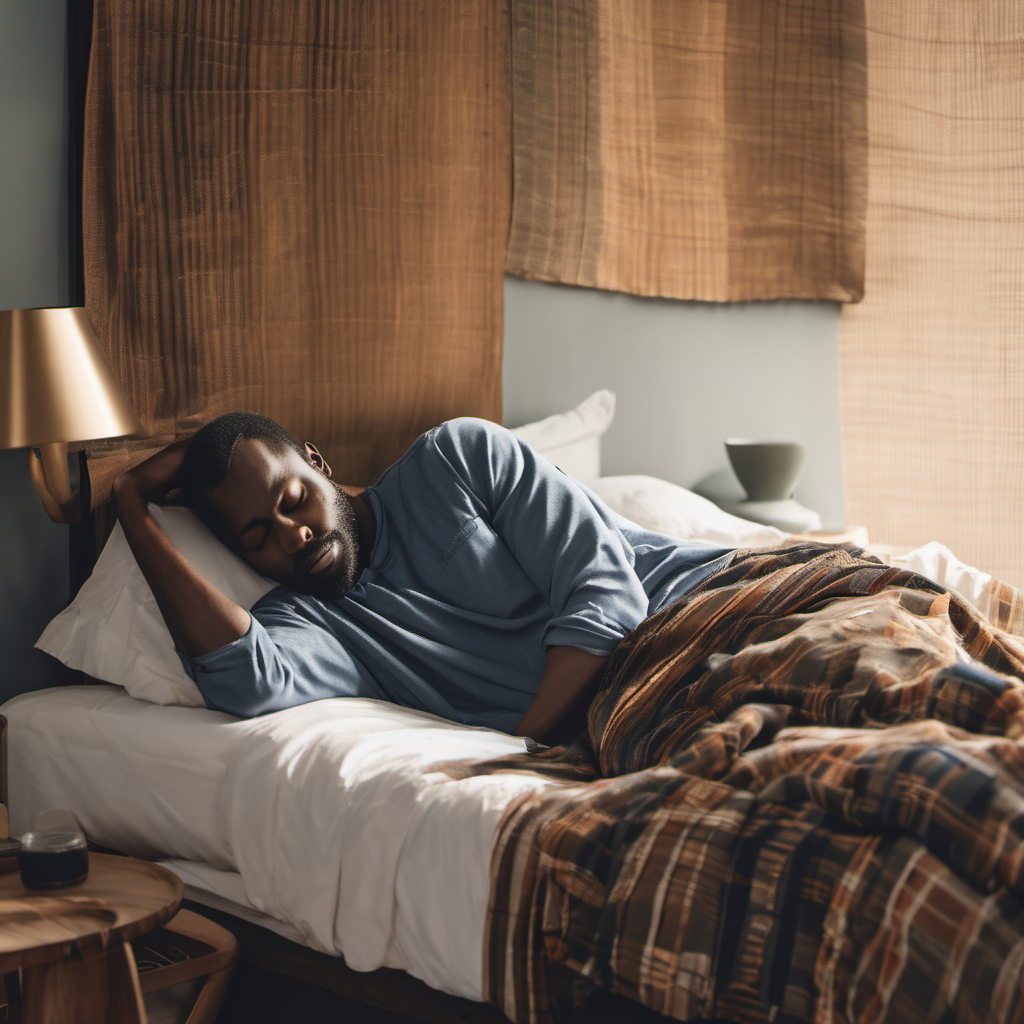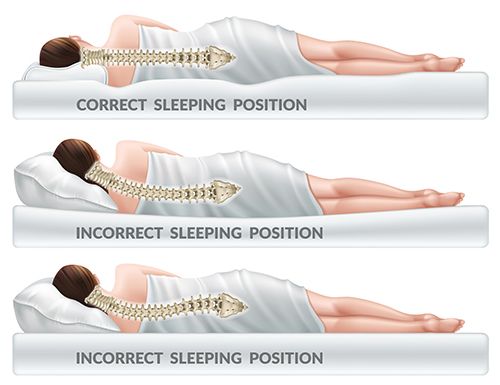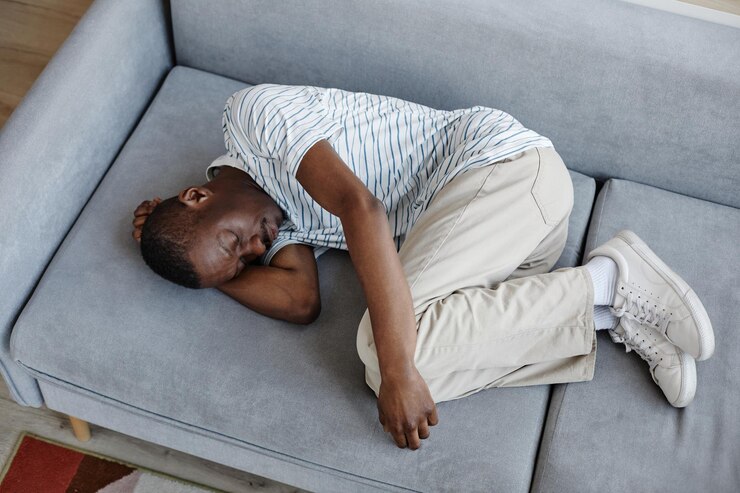Struggling with back pain can make getting a good night’s sleep feel like an impossible dream. Finding the ideal sleeping position can be difficult for people who have back pain. Despite the fact that getting enough sleep is crucial for general health and wellbeing.

Numerous things, such as bad posture, strained muscles, injuries, or underlying medical issues, can result in back pain. The good news is that you may reduce back discomfort and enhance the quality of your sleep by simply changing how you sleep.
Here are the 5 best positions for relieving back pain and sleeping soundly:
1. The Side Sleeper
Popular among sleepers, side sleeping helps to straighten the spine and relieve pressure on the lower back. Position a pillow between your knees to maximize the benefits of this position for back pain relief.

This little addition relieves pressure on the lumbar region by maintaining your spine in a neutral position. Furthermore, lying on your side will clear your airways. This may lessen snoring and enhance your breathing in general while you sleep.
2. The Supported Back Sleeper
Sleeping on your back can also help relieve back discomfort, as long as you correctly support your spine. One helpful option is to position a pillow or rolled towel under your knees.

Elevating your knees in this manner helps to retain the natural curvature of your lower back, preventing it from flattening and alleviating soreness. Keeping your spine aligned allows you to reduce pressure points and get a more peaceful sleep.
3. The Fetal Position

Many people with lower back discomfort find that curling up in the fetal position provides great relief. To get into this posture, lie on your side and softly pull your legs up to your chest. This posture lowers the curvature of your spine, easing pressure on the lumbar region. To discover the most comfortable posture for you, try different versions of the fetal position, such as clutching a cushion or placing one between your legs.
4. The Reclined Angle
If you prefer sleeping on your back but still experience back pain, adjusting the angle of your upper body can make a difference. Using a wedge pillow or an adjustable bed, elevate your upper body slightly. This reclined position takes pressure off your lower back while maintaining proper spinal alignment. Additionally, it can help alleviate symptoms of acid reflux and snoring, contributing to a more peaceful night’s sleep overall.
5. The Pillow Under the Stomach
While sleeping on your stomach is generally not recommended for back pain sufferers, some find it difficult to sleep in any other position. If you prefer sleeping on your stomach, placing a pillow under your abdomen can help reduce strain on your lower back. This simple adjustment helps maintain the natural curve of your spine and prevents overarching, potentially minimizing discomfort during the night. Additionally, using a flat pillow or sleeping without one under your head can further reduce strain on the neck and upper back
A Word From HealthFacts to You
When it comes to finding the best sleeping position for relieving back pain, it’s essential to listen to your body and experiment with different positions to see what works best for you. What works for one person may not work for another. So, it may take some trial and error to find the most comfortable position for your back pain.
For a pain-free and peaceful night’s sleep, it is important that you prioritize the health of your spine while you sleep.
Stay healthy!









